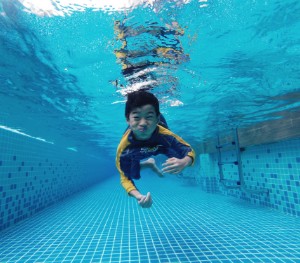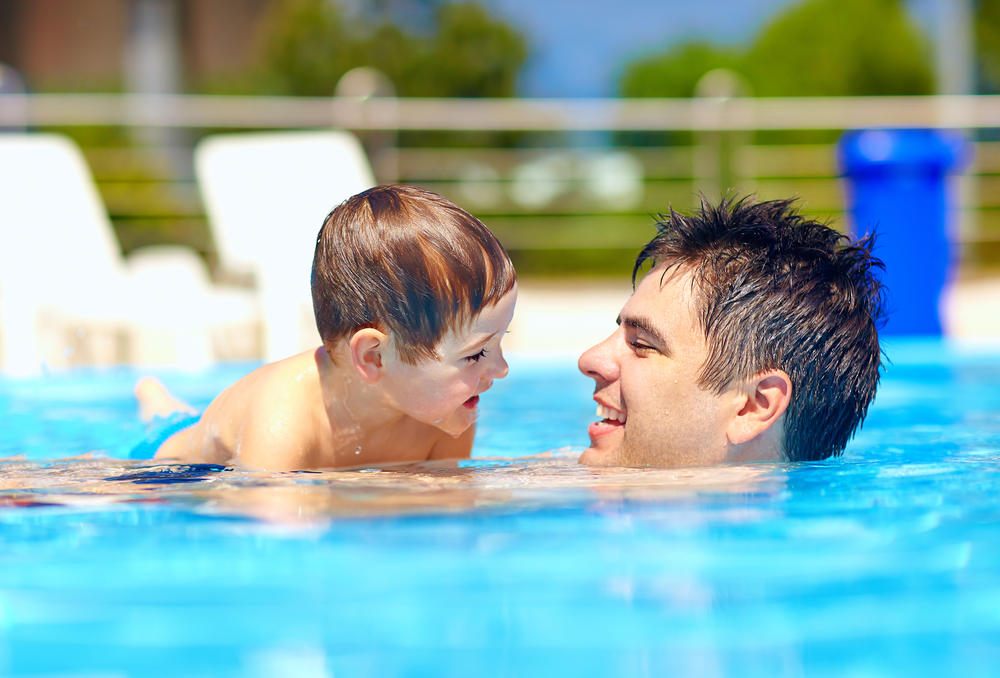These days swim goggles have become an inseparable element of ‘swimming kit’ and buying goggles has become like swimming customs. Parents buy their children goggles regardless of whether or not they can swim.
I get questions like ‘does my child need goggles?’ frequently. Whether you are a parent or an adult new to swimming this blog explains, when and why goggles are necessary?

First of all though – a quick look back at the history of goggles. The earliest evidence of the use of goggles appears to be from the 14th Century when Persian swimmers covered their eyes with tortoise shells when diving in the sea for pearls (no idea how they could actually then see better). But the use of goggles for swimming by the general public and specially for swimming lessons or even elite swimming is relatively new.
According to the Fédération Internationale de Natation (FINA) or the International Swimming Federation, commercial swimming goggles as we recognize them today only came about in the 1960s. Before that, swimmers had to wear goggles very similar to motorcycle goggles.
In the below picture, you can see Thomas Burgess who crossed the English Channel in 1911 wearing something similar to motorcycle goggles which apparently leaked all the way. It’s believed he was the first competitive swimmer to swim with goggles.

Fast forward a few decades and footage of Olympic swimmers in 1972 Olympic games in Munich (Germany) reveals that even the big stars of the swimming world then, such as Mark Spitz didn’t wear goggles during races.
But now in the 21st Century, goggles have become the standard kit for swimmers from toddlers upwards. Not surprising really given that they are part of a multi-million-pound swimming accessories industry marketed and sold by famous brands such as Speedo and TYR and are widely available online, in sports shops and in Poundland offering a vast array of style choices and price options.
Specialised goggles like anti-fog goggles, prescription swimming goggles or goggles with UV protection tend to be more expensive but, normal goggles, due to large production volume, are generally quite affordable.

Swimming goggles have evolved so much in the last 40 years. Thanks to goggles, swim training sessions have become more comfortable on the eyes. Nowadays swimmers can stay longer in the pool water and train up for 8 hours daily. Goggles protect swimmers’ eyes from the chemicals in the pool and they allow elite swimmers to swim more than 4000 metres in one session. Modern goggles have also made flip-turns faster, enabling swimmers to reach faster speeds and break swimming records.
One of the questions I’m most commonly asked poolside is ‘when should my child start wearing goggles for swimming?’
I DO NOT recommend children wear goggles when they at the early stages of learning to swim.
The reason is that people – adults and children alike – must get used to the sensation of having water fully in their face and eyes. Getting comfortable with putting full face in the water without protection when people learning to swim, is a ‘must’.
Having water in eyes and face shouldn’t make swimmers panic. Every swimmer must be able to calmly blink water out.
When, and only when, a swimmer is completely comfortable with putting face in the water, goggles are needed. When most of lesson time is spent with swimmer’s face in water, is it time to reach for goggles. And at that point, I highly recommend them. You can watch my explanation in this video:
From famous swimming brands like Speedo, Zoggs and TYR to Poundland, the choice of goggles on offer can be bewildering. My guidance is:
 A word on price: More expensive goggles (and I would categorise this as over £10.00 a pair), do tend to last longer and fit better. But don’t get an expensive pair if you are buying them for a child (or adult) who cannot swim as yet.
A word on price: More expensive goggles (and I would categorise this as over £10.00 a pair), do tend to last longer and fit better. But don’t get an expensive pair if you are buying them for a child (or adult) who cannot swim as yet.
Alert: One of the problems we see with very cheap goggles (under £10) is that they do leak during lessons and children tend to spend a lot of time fiddling and playing with them and waste some of their valuable lesson time.
Thank you for reading this blog and if you are interested in receiving more swimming tips, please sign up to our newsletter.
This article was written by Marjan Moosavi, founder of Blue Wave Swim School. If you have any questions please email info@bluewaveswim.co.uk.


